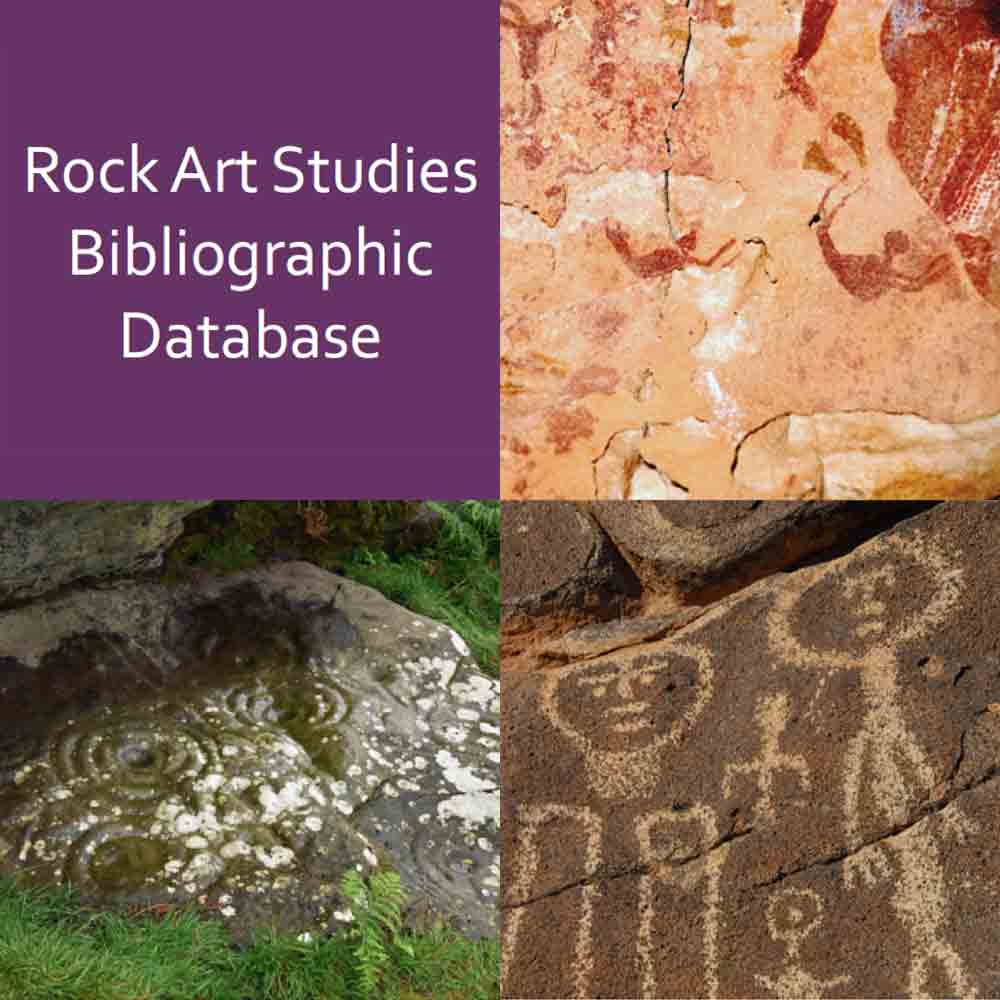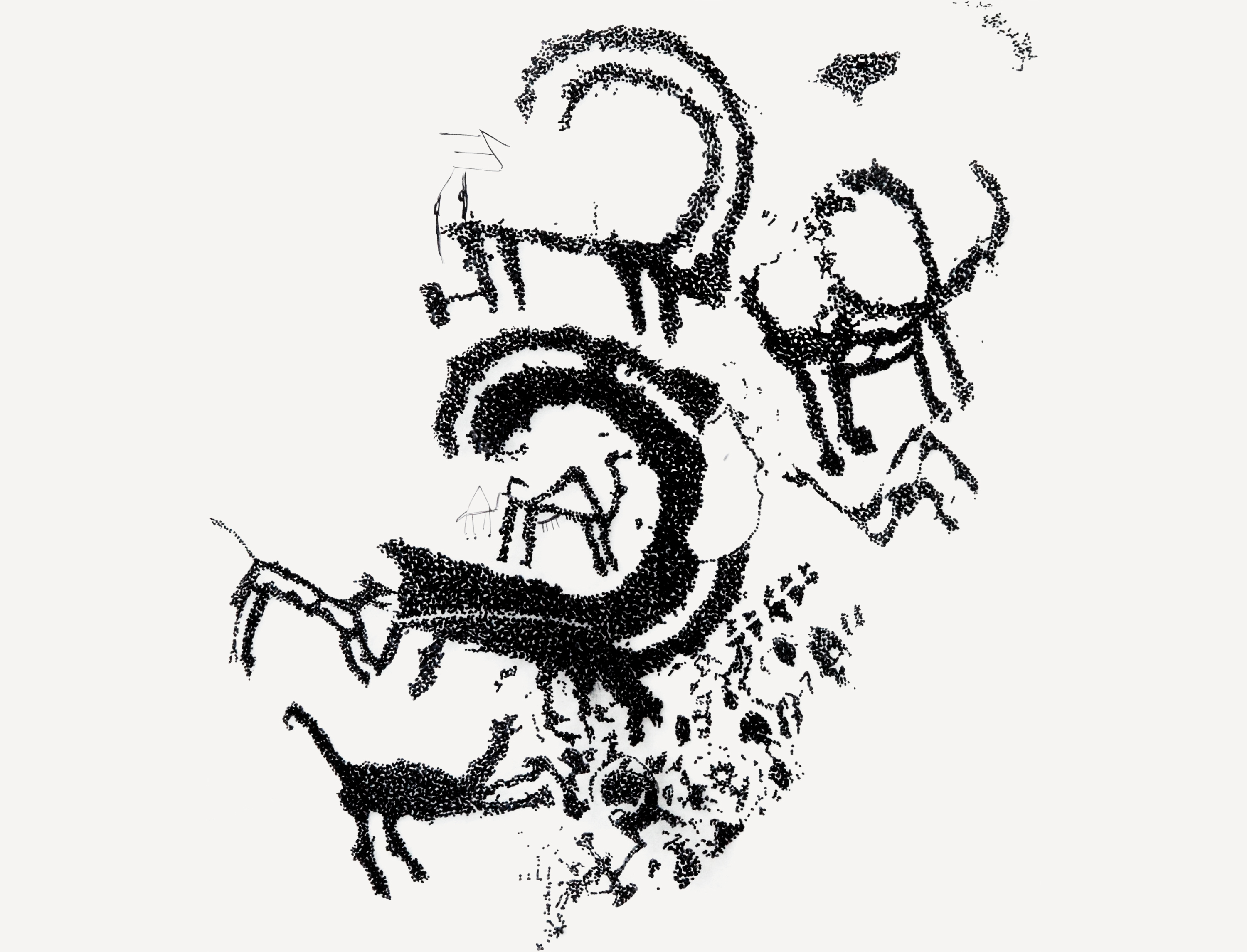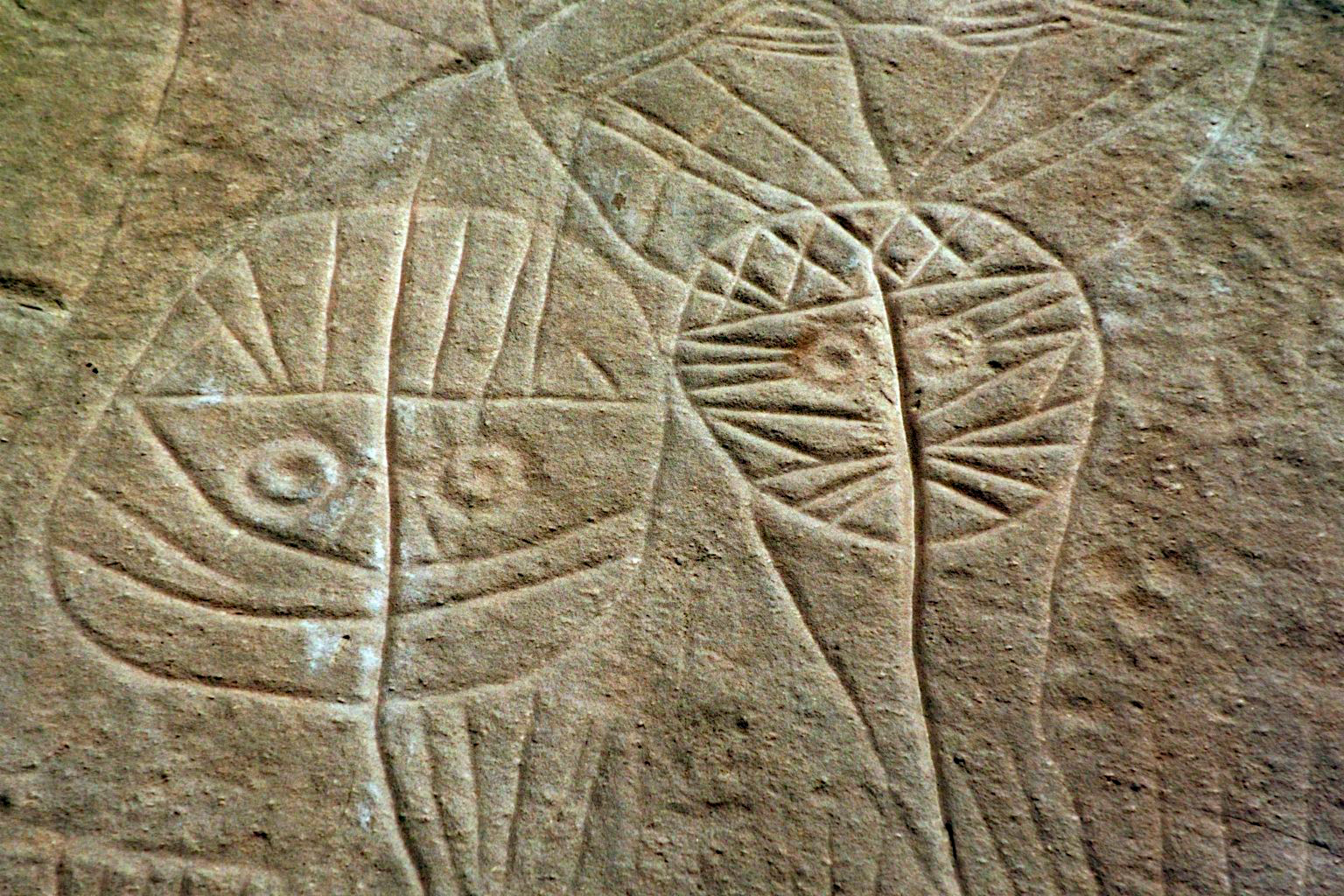



The RASBdb project is a searchable bibliographic database of the World's rock art literature and contains nearly 44,000 citations as of Spring 2021. The RASBdb was hosted as a joint project between the Bancroft Library (University of California - Berkeley) and the Bay Area Rock Art Research Association (BARARA) from 2003 - 2016. In fall of 2016, BARARA affiliated with the Museum of Northern Arizona to continue the free and open access to the RASBdb project.
Robert Bednarik, Convener of the International Federation of Rock Art Organizations has called the RASBdb project ". . . an incredibly useful, valuable, and effective resource for the 9000 or so rock art researchers of the world.”
The Compiler of the RASBdb, Leigh Marymor, is a Past President of the American Rock Art Research Association where he has been a member since 1982. He also served several terms during that time as Chairperson of the ARARA's Conservation Committee. He co-founded the Bay Area Rock Art Research Association, along with Dr. Paul Freeman in 1983, and continues in a leadership role in that organization today.

RASBdb Tutorial Pdf document available at: https://musnaz.org/wp-content/uploads/2020/08/RASBdb-Tutorial-2020-7-26.pdf
RASBdb Keywords Pdf document available at: https://musnaz.org/wp-content/uploads/2020/10/SUBJECT-KEYWORDS4.pdf

From the Preface: "Paleolithic Rock Art: A Worldwide Literature Survey is a landmark publication in the specific field it addresses, in the sense that this is the historically first endeavor to create a comprehensive catalogue of the subject. For well over a century, in fact since 1902, archaeology has accepted the existence of Pleistocene rock art, after first strenuously rejecting it for decades and first driving its discoverer into a premature death. Marcelino Santiago Tomás Sanz de Sautuola (1831–1888) died in the belief that he had made one of archaeology’s most important discoveries in his cave of Altamira, but he remained unable to convince the discipline that he was not a charlatan. . .” [R.G. Bednarik]
From the Preface: "Australia has one of the largest concentrations of rock art of any country. It is estimated that there are at least 100 000 sites but because there is no national database and there are many areas yet to be surveyed we do not know exactly how many rock art sites there are. Each year hundreds of undocumented sites are located and recorded across Australia by teams of archaeologists working with Indigenous Traditional Owners, Aboriginal ranger groups or avid bush walkers (hikers) with an interest in heritage. The oldest scientifically dated rock art is 28 000 years of age but used pieces of ochre and ochre on rock fragments have been recovered from archaeological deposits dated to over 60000 years. People used pigment upon arrival in Australia and ever since. The earliest evidence may relate to body art, the pigmenting of artefacts and possibly rock art. . . .” [P.C. Taçon]
From the Preface: “For many years, the studies in the quilcas or rock art of Peru have been carried out in a silent way, directed by particular and personal interests in describing and studying a cultural phenomenon largely ignored by academic archaeology. This interest, outside of intellectual conventionalism, has produced valuable archaeological information, which is dispersed and difficult to access. This has led some to believe that rock art research in Peru has been minimal or casual and not a true and definite intellectual pursuit. In the worst case, the lack of an adequate reference has led the most unsuspecting to believe that national rock art investigations began in the seventies of the twentieth century, being directed by foreign researchers. All of this has distorted the historiographical sense of these studies, which should be as strict and reliable as any history of ideas; and the history of rock art is simply the history of ideas. . . .” [Gori-Tumi Echevarría López]
Keywords: Direct dating. Bibliography. Accretions associated with paint layers. Calcite. Calcium oxalate. AMS radiocarbon dating. U/Th dating. Beeswax pigments. Charcoal pigments. Plasma extraction of organic carbon. Cosmogenic nuclide analysis. Depicting objects with age information. Luminescence dating. Stratified associations. Accretions associated with petroglyph layers. Cation ratio analysis. Obsidian hydration dating. Organic inclusions in rock varnish. Weathering indices. Microerosion dating. Review articles.













